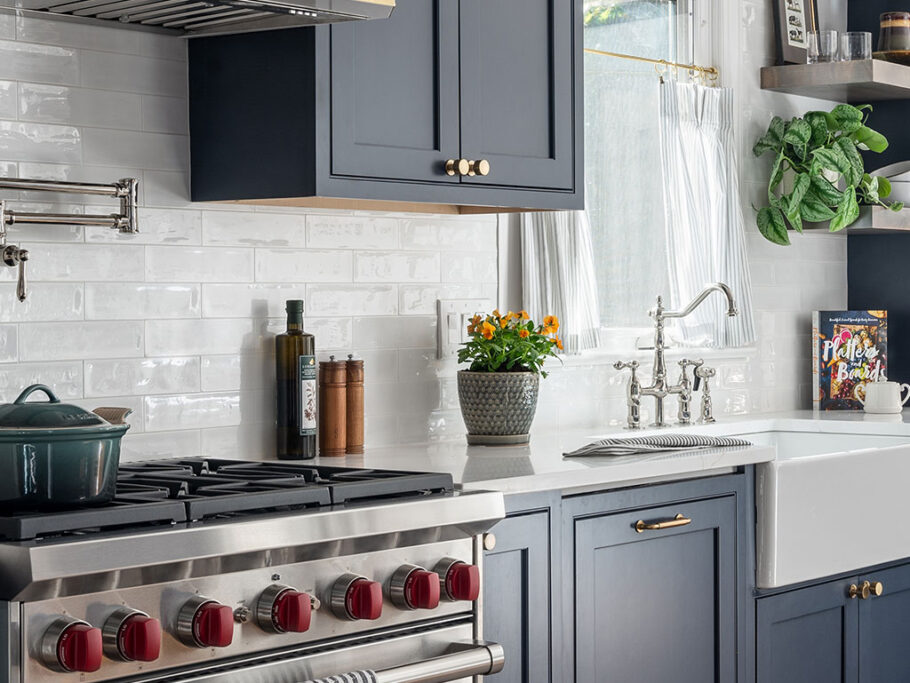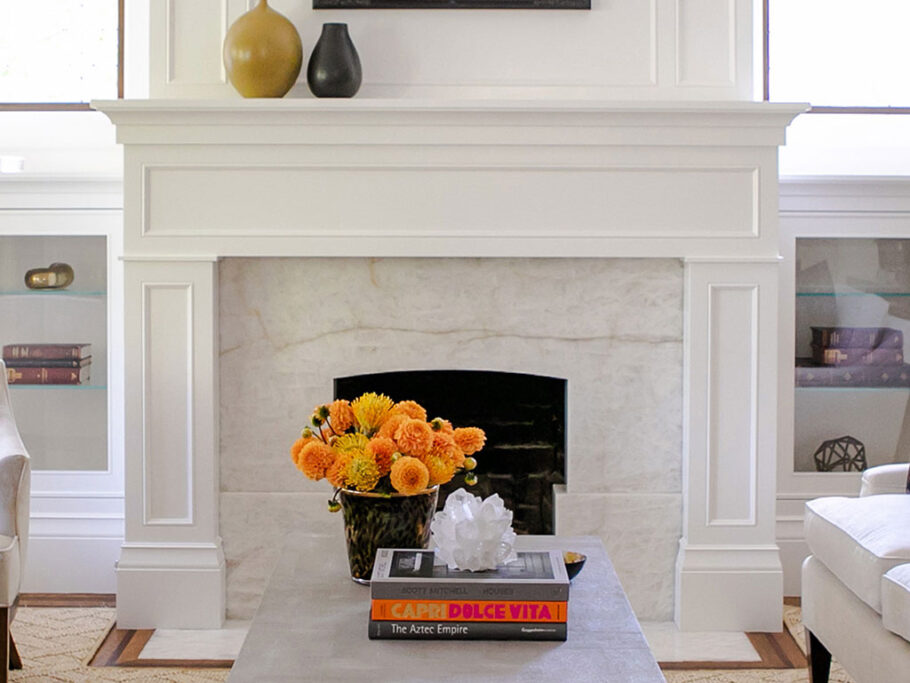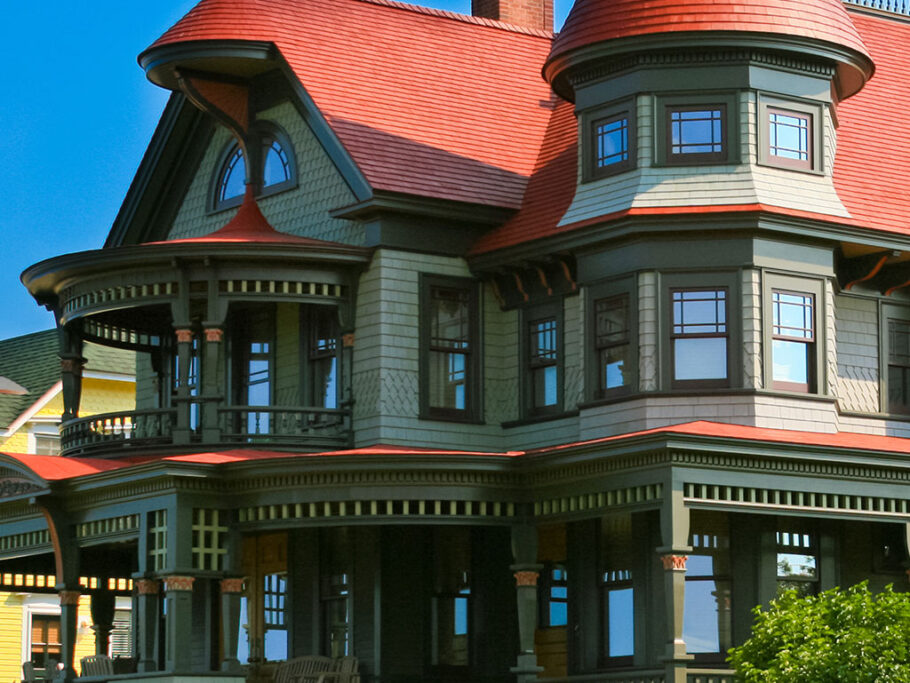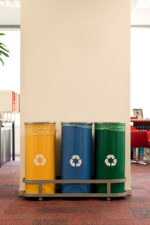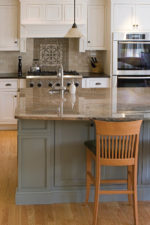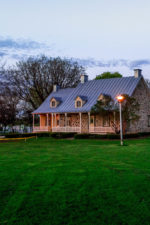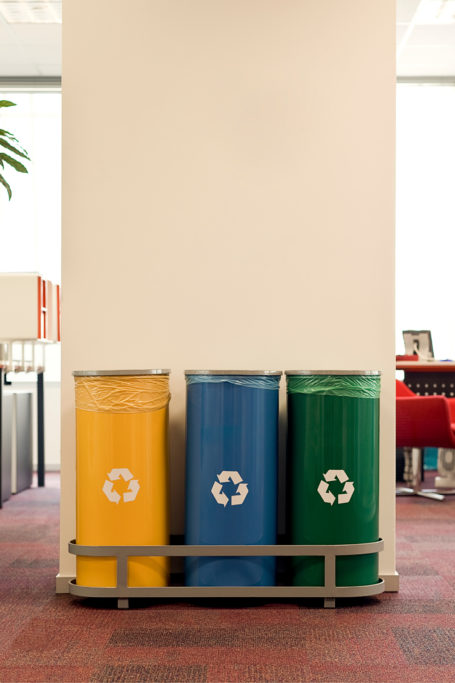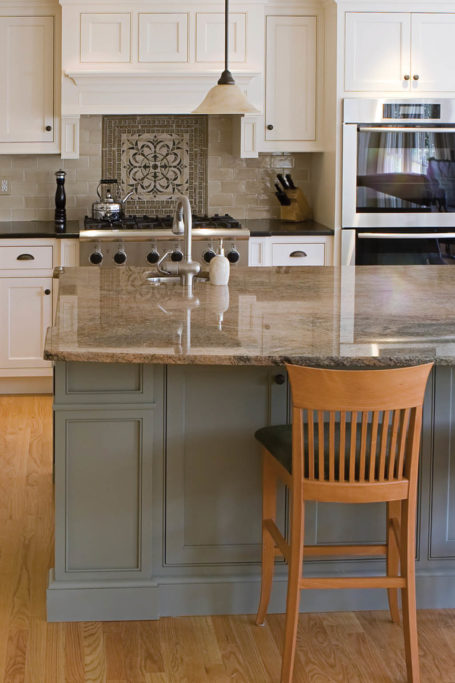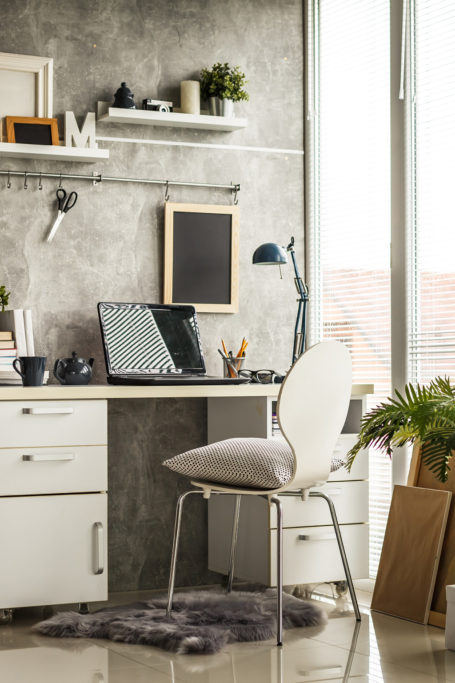Fireplace Maintenance Tips
Nothing beats relaxing by the fire on a fall evening. A fireplace is a welcome addition to any room, whether you are entertaining guests or diving into a favorite novel.
However, your fireplace can cause problems if it’s not properly maintained. Read on to learn about each type of fireplace’s specific maintenance requirements.
Most important, no matter what kind of fireplace you have or want to add to your home, make sure you install both smoke and carbon monoxide detectors. Each is integral in keeping your household safe when using a fireplace.

Wood-burning fireplace
This is the classic style many people picture when thinking about fireplaces. Wood burns in the fireplace’s firebox, while the smoke is directed up and outside through a chimney. In addition to the large amount of heat they produce, wood-burning fireplaces create a charming ambiance that many people love. However, traditional wood-burning fireplaces come with some added costs, in particular the need for a steady stream of wood to burn.
Maintenance tips
- A good rule of thumb is to have your fireplace checked by a professional chimney sweep once a year. A professional can clean the inside of your chimney to remove flammable materials, such as soot and creosote.
- Test your fireplace before use by burning a few pieces of wood, and make sure the smoke is exiting through the chimney and not into your home, which can be a sign of an obstruction in the chimney duct.
- Clean the firebox out once a week during the months you are using the fireplace, leaving a small amount of ash (about an inch) on the firebox floor to act as insulation for building the next fire and retaining heat.
- Be cautious when cleaning your fireplace, as old coals may remain warm for up to four days. It’s a good idea to wait a minimum of twelve hours before cleaning.
- Keep the firebox completely clean during the months you’re not using your fireplace.
- Make sure to wear a dust mask when cleaning a wood-burning fireplace.
- Never use a household vacuum cleaner to clean up ashes—unseen hot embers can damage the device and the vacuum and can spread ash particles into the air. Instead, use a metal shovel to scoop most of the ash into a metal bucket, and then use an ash vacuum to clean the rest.
- Keep a glass or metal screen in front of your fireplace to prevent embers or sparks from escaping.
- Place a flame-retardant rug in front of your fireplace to avoid damage to your floor.

Gas fireplace
Gas fireplaces are popular due to their minimal maintenance and the consistent heat they provide. This style of fireplace only requires you to push a button or flip a switch to start the fire or extinguish it, and most varieties use either artificial logs or stones for aesthetic purposes. Some gas fireplaces require a chimney or ventilation system, while others are completely ventless.
Maintenance tips
- Have a professional conduct a safety inspection and cleaning annually. A professional will be able to clean the fireplace while inspecting it for gas leaks, and he or she can ensure there is proper ventilation.
- Before operating your gas fireplace, make sure you read the safety manual, turn off the gas, and turn off the pilot light (if it has one). Also, be sure the glass at the front of your fireplace is cool to the touch.
- Cleaning your gas fireplace once a month, even when it’s not in use, will help prevent dust and dirt from building up and harming the device.
- The glass fronts of most gas fireplaces are removable, and can be cleaned with fireplace glass cleaner and a soft cloth. Be sure to check the glass for chips or cracks.
- Use a vacuum with a hose attachment on the inside of the fireplace to remove dirt.
- Check the rocks and logs inside the fireplace regularly for wear or damage.
- Periodically check the gas connection to make sure it is secure.
- If your gas fireplace has an external vent, do a visual check for large debris or other obstructions.

Electric fireplace
This style of fireplace is relatively low maintenance and simply plugs into an outlet to provide heat. A heating coil creates the heat and an internal fan helps distribute the warmth into your home. Electric fireplaces create a fake flame to provide a traditional fireplace aesthetic; you can even turn on the flame without the heat to create a cozy ambiance.
Maintenance tips
- Always unplug your fireplace before cleaning or performing maintenance.
- Regularly check the electrical components, such as wires and plugs, for any signs of wear or fraying. If you see anything that doesn’t look right, contact the manufacturer to see if it can be repaired, or it may be time to replace your fireplace.
- Use a dry cloth to wipe down the heater and a soft brush attachment on a vacuum to clean the vents.
- Dust the inside of your fireplace with a dry cloth. Be gentle around any artificial logs or glass located inside the fireplace.

Ethanol fireplace
This modern fireplace uses liquid bioethanol fuel placed within burners inside the fireplace. The burners make it easy to adjust the temperature and turn the fireplace on and off. This is a popular style because of its simple installation and use of lightweight materials for hassle-free wall mounting.
Maintenance tips
- Never clean your fireplace when it’s hot. Make sure you turn the burners off and let them cool before attempting to clean or maintain your ethanol fireplace, and never pour fuel into a burner that is lit or still warm.
- Clean your burners with a damp cloth, and never place the burners under water. You can use a mild soap to clean them, if needed, and allow all components to dry before placing them back in the fireplace.
- If you spill fuel when refilling the burners, clean it up with a dry cloth followed by a moist cloth. Allow the area to dry completely before using your fireplace.
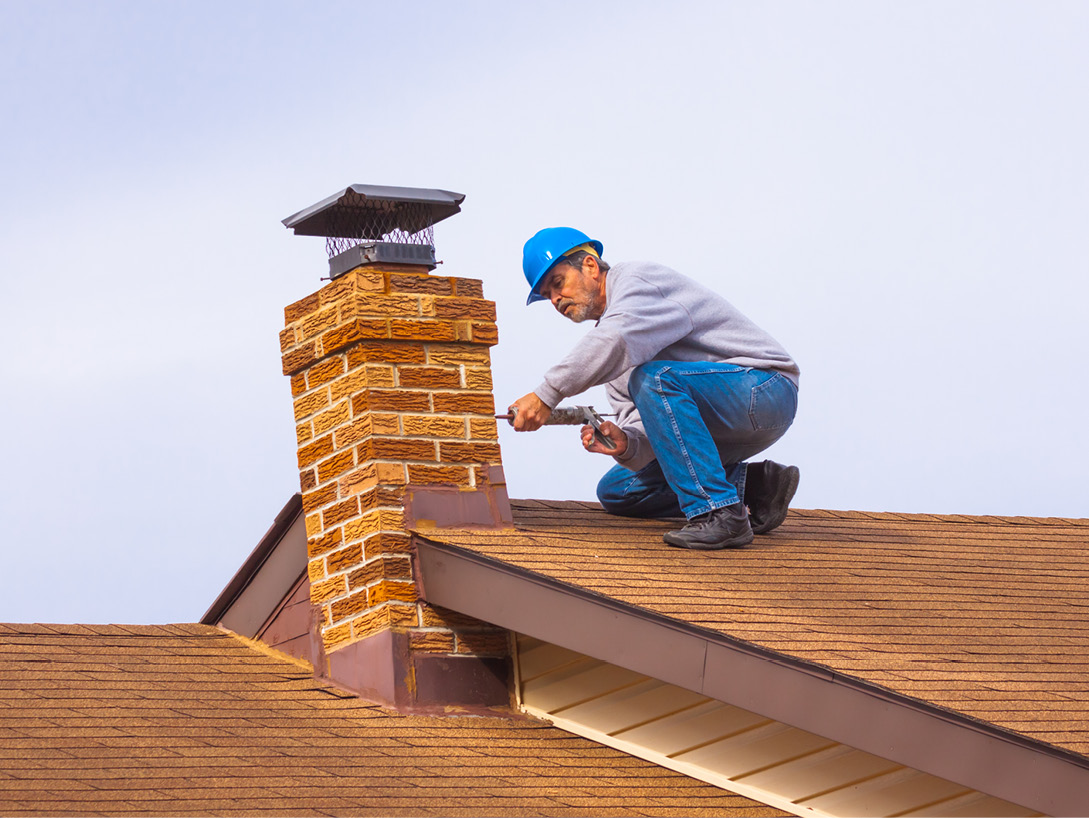
Chimney maintenance
Additional tips for chimney maintenance:
- Install a chimney cap to help prevent water, animals, or debris from entering the chimney. You should also consider a spark arrestor that can help reduce the risk of sparks flying out and starting a fire on your roof or lawn. Some chimney caps come with mesh metal sides that act as spark arrestors. Consult and hire a roofing service to ensure this job is executed properly.
- Keep your damper closed when the fireplace is not in use. This will help keep cold air, water, and debris from entering your chimney. Always make sure the damper is open when using your fireplace until it completely cools down.



